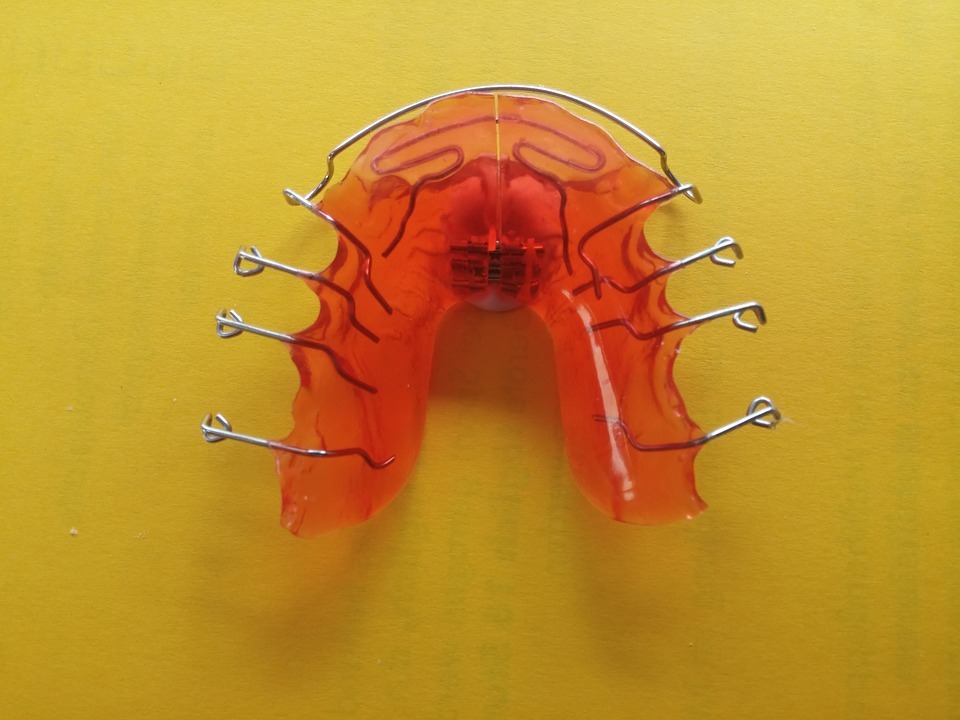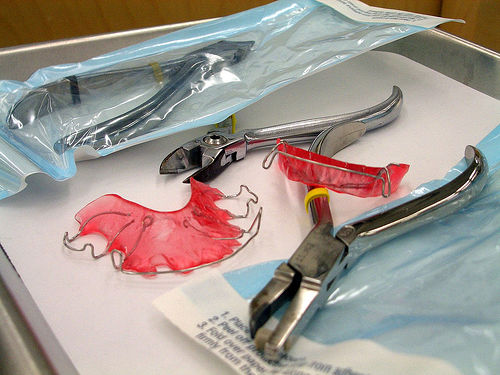Retainers
Braces are orthodontic appliances, but retainers are not, as their purpose is not to move the teeth. It is a fact of life for many brace users that once the brace has been used, a retainer has to be worn, too. This is to prevent the teeth from moving back into their original position.
The majority of patients who have had orthodontic treatment must wear retainers. If retainers are not worn, then their teeth will soon be misaligned and crooked again. The hard work and sacrifice that have gone into wearing the braces will soon be lost. The necessity to wear a retainer after the brace has been removed is the down side of brace installation.
The main reason for wearing a retainer is to halt the tendency of the teeth to move back in to their original position. Particularly as we go through the aging process, teeth may move in an unpredictable manner. A retainer which is worn for a long period can reduce the impact of these changes and can even prevent them altogether. This means straighter teeth can be assured into the future.
A retainer is fitted when orthodontic treatment has been completed and the braces have been removed. There are two types available – one that can be fixed more permanently on to the teeth and another type that is removable. The orthodontist selects the one that is most useful for the recipient.
Three Types of Retainer in Use
The Hawley retainer, the bonded retainer and vacuum-formed retainer are the most common ones in use. Hawley retainers are particularly strong removable retainers which are made up of a plastic bit that is fitted at either the rear of the lower teeth or in the palate at the rear of the upper teeth. Often, a thin metal wire runs across the front teeth so that they are kept in the right position. This type of retainer could affect speech temporarily.
The vacuum formed retainer is clear and is often used for shorter periods of time. Eating or drinking with this retainer in place is not possible. It is a type of retainer that a recipient can adapt to easily.
The bonded retainer is stuck onto the teeth and cannot be seen as it is concealed on the inside of the teeth. It remains in place permanently which solves the need to think about it. The two minute brushing and flossing rule is essential with this type of retainer and if it works loose it will be necessary to pay a visit to your orthodontist.
Once a brace has been removed then the orthodontist will discuss retainer options with the recipient and suggest the most appropriate one and once fitted a series of care and maintenance instructions will have to be followed.
If you would like to know more about braces and retainers and how they can help to realign your teeth, then make an appointment with Team Demas Orthodontics today.
Team Demas Orthodontics
27 Meriden Ave #2a, Southington, CT 06489, USA
Phone: 860-276-0333




